Grounding separately derived systems is required where the system meets the characteristics of 250.20. This section gives the conditions under which electrical systems are required to be grounded. A system that is grounded has one conductor of the system intentionally grounded. Whether the system is required to be grounded or is grounded by choice, it must follow all the requirements for grounding separately derived systems as covered in 250.30. A couple of the rules that must be followed applicable to grounded conductors includes identification requirements and overcurrent protection. There have been a few changes included in the 2002 Code relative to grounding separately derived systems. This article explores the grounding and bonding requirements for separately derived systems as covered in the 2002 National Electrical Code.
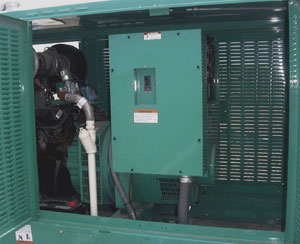
Photo 1. Where generator is separately derived, install bonding jumper at generator or system overcurrent protective device.
Let’s first look at the definition of a separately derived system.
Separately Derived System.A premises wiring system whose power is derived from a battery, a solar photovoltaic system, or from a generator, transformer, or converter windings, and which has no direct electrical connection, including a solidly connected grounded circuit conductor, to supply conductors originating in another system.
To Ground or Not to Ground
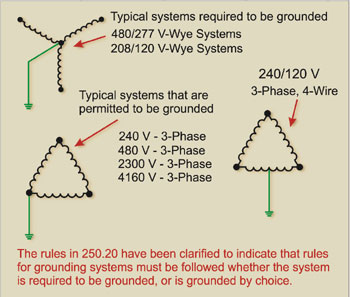
Figure 1. Alternating-current circuits and systems required to be grounded
The choice of whether or not to ground a separately derived system is often made for us by the Code where the system is required to be grounded as specified by 250.20 (see figure 1). Sometimes a system is not required to be grounded, but is grounded to provide the benefits of grounding. Grounded systems offer a few key advantages that ungrounded systems do not. One advantage of the grounded system is the stabilization of the voltage to ground during normal operation. Another important benefit is the facilitation of overcurrent devices to clear ground faults when any one of the ungrounded conductors experiences a ground-fault event. For an ungrounded system, the advantages differ slightly. The ungrounded system becomes a grounded system accidentally upon the first ground fault on any of the ungrounded (hot) conductors. Ungrounded systems have the advantage of continuity of service as overcurrent devices will not operate on the first ground fault. Ground-fault detection indicating equipment is often installed where ungrounded systems are employed. This article looks at grounded systems and what is required to comply with the Code.
The grounding rules for separately derived systems are found in 250.30. The main components for separately derived systems are the bonding jumper, the grounding electrode conductor, grounding electrode, grounded conductor, and equipment bonding jumper. The 2002NECwas revised to include requirements for equipment bonding jumpers and grounded conductors on the secondary side of the system. These new sections include minimum sizing and routing requirements. Also included for this cycle is an alternative method for establishing a grounding electrode conductor connection to the system. This alternative method parallels the alternative methods for grounding electrode conductor taps at services.
Bonding Jumper
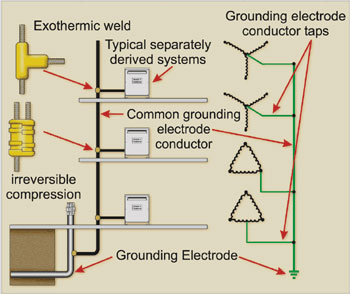
Figure 2. Multiple separately derived systems
The first component of grounding a separately derived system is the bonding jumper and the rules for the bonding jumper for separately derived systems are covered in 250.30(A)(1). This jumper connects the grounded conductor of the system to the equipment grounding conductor at the source or at any point up to and including the first system overcurrent device. The bonding jumper functions just as the main bonding jumper at the service does. It serves as the vital link over which all the fault current flows in ground-fault conditions. It must be sized in accordance with 250.28. The minimum size is taken from Table 250.66 based on the circular mil area of the derived phase conductors connected to the secondary of the system. The connection of the bonding jumper must be made at the same location as the grounding electrode conductor connection to the system.
Grounding Electrode Conductor
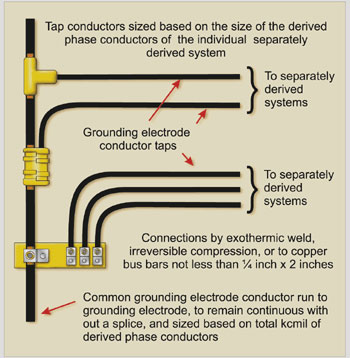
Figure 3. 250.30(A)(3)(b) Connections
Grounding electrode conductor is defined in Article 100. The grounding electrode conductor is installed “to connect the grounding electrode(s) to the equipment grounding conductor, to the grounded conductor, or to both… at the source of a separately derived system.” The grounding electrode conductor for a separately derived system is required to be installed as specified by 250.30(A)(2)(a) or (b). The grounding electrode conductor for a single separately derived system is sized in accordance with Table 250.66 based on the total area of the derived phase conductors. If a grounding electrode of the concrete-encased, rod, pipe or plate, or ground ring type is used as the sole electrode for the system, the minimum size for those grounding electrode conductors is permitted to be in accordance with 250.66(A), (B), or (C).
Where multiple separately derived systems are installed, the code permits a common grounding electrode conductor to be installed and sized based on the total circular mil area of the derived phase conductors of the systems. This common grounding electrode conductor is not required to be larger than the values given in Table 250.66. The Code will then permit the connection of grounding electrode conductor taps from each separately derived system to connect to the common grounding electrode conductor (see figure 3). The size of each grounding electrode conductor tap is based on the derived phase conductors of the respective derived system to which the tap conductor is connected. Each grounding electrode tap conductor shall connect the grounded conductor of the derived system to the common grounding electrode conductor (see NEC 250.30(A)(3) and figure 2).
The common grounding electrode conductor and the grounding electrode conductor taps must be installed in accordance with the requirements of 250.64(A), (B), (C), and (E). The common grounding electrode conductor is required to be installed without a splice or joint in accordance with 250.64(C) unless spliced by irreversible compression connection or the exothermic welding process. The tap conductors are required to be connected to the common grounding electrode conductor by one of the following methods:
1. Exothermic welding process
2. Irreversible compression connections
3. Connection to a ¼ x 2 copper busbar to which the unspliced common grounding electrode conductor is connected. This connection shall be made in accordance with 250.8 and 250.70.
Grounding Electrode
The choice of which grounding electrode to use for a separately derived system very much depends on the building construction and which grounding electrodes are available. The Code requires the grounding electrode for a separately derived system to be as near as practicable and preferably in the same area as the grounding electrode conductor connection to the system. The Code goes a step further and requires that the electrode be the nearest one of the following:
1. Effectively grounded structural metal member of the building.
2. Effectively grounded metal water pipe within 1.5 m (5 ft) of the entrance of the water pipe to the building.
3. Other electrodes specified in 250.52 where the electrodes above are not available.
Clearly the Code is specific as to which electrode must be used and sets up a priority list of sorts. The key requirement is in the wording “available,” “as near as practicable and preferably in the same area,” and most important, “the nearest one of the following.”
This is an important factor in determining the grounding electrode for the separately derived system. If there is effectively grounded building steel, or an effectively grounded metal water pipe, the system is required to be grounded to either of the two, but must utilize the nearest of the two in that order of priority. So the alternative method for using a common grounding electrode conductor to which taps may be connected can be limited to the availability and proximity of other grounding electrodes inherent to the building construction.
Equipment Bonding Jumper

Figure 4. Generator-type separately derived systems
Where an equipment bonding jumper is installed between the secondary of the derived system and the first system overcurrent device, it is required to be sized in accordance with 250.28 and Table 250.66. This equipment bonding jumper is sized very similar to the equipment bonding jumper on the supply side of the service disconnecting means. Equipment bonding jumpers are required when the wiring method enclosing the secondary conductors is not suitable as a bonding means. Examples of this are when the secondary from a transformer to the panelboard or equipment is installed in rigid nonmetallic conduit or flexible metal conduit. An equipment bonding jumper is needed to bond the enclosures together and to ensure an effective path for ground-fault current between the panelboard enclosure and the transformer enclosure. If a metallic wiring that qualifies as an effective bonding means is installed as the wiring method between the transformer and the panelboard, and bonding is assured in accordance with Part VI and specifically 250.96 of the NEC, a bonding jumper would not be required. The equipment bonding jumper size is based on the total circular mil area of the secondary derived phase conductors of the system. Where the total circular mil area exceeds the values in Table 250.66, the equipment bonding jumper shall not be less than 12 ½ percent of the derived phase conductors (see figure 4).
Grounded Conductor
The 2002 NEC includes requirements for sizing and routing of grounded conductors of separately derived systems. These new requirements are very similar to the requirements for routing and sizing the grounded conductor for a service. The grounded conductor must be sized in accordance with 220.22 and in no case shall it be smaller than the values in Table 250.66. Grounded conductors of separately derived systems must follow the identification requirements in Article 200 and overcurrent devices are generally not permitted to be inserted in the grounded conductor of the system. Two exceptions exist that modify this general requirement.
Bonding of Water Piping and Structural Steel
The water piping or structural steel that is interconnected to form a building frame that exists in the area served by the separately derived system is required to be bonded to the separately derived system grounding electrode conductor in accordance with 250.104. This bonding jumper is required to be sized based on the total circular mil area of the derived phase conductors of the system. This bonding jumper provides an effective path for ground fault current that is close to the separately derived system, and also serves to eliminate any differences in potential to these metallic parts from the newly derived voltage of the system.
Generators

Figure 5. Generator not separately derived
When a generator is installed for emergency, optional standby, or legally required standby systems in accordance with Chapter 7 of the Code, the system may or may not be required to be grounded in accordance with the grounding rules for separately derived systems in 250.30. The transfer equipment is the determining factor. If there is a switching action in the grounded conductor between the normal source or service and the generator, then the system produced by the generator is a separately derived system and must be grounded in accordance with 250.30. See figure 4 and figure 5.
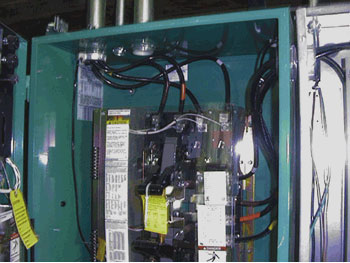
Photo 2. Transfer swtich and enclosure
If there is no switching action in the grounded conductor in the transfer equipment, then the grounded conductor remains grounded through its connection to the electrode system at the service enclosure. A careful look and understanding of transfer switches and equipment used with generators is needed in making this determination (see photo 1, photo 2, and photo 3).
Uninterruptible Power Supplies
Some uninterruptible power supplies (UPS) systems are also separately derived and must also be grounded in accordance with 250.30. This information is usually provided by the manufacturer of the UPS system in the form of equipment labeling of installation instructions. Section 645.15 includes specific requirements for grounding systems and equipment for information technology rooms where UPS systems are often employed.
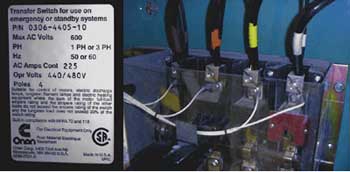
Photo 3. Transfer switch does switch the neutral thus generator neutral is to be grounded per 250.30
Summary
The grounding rules for separately derived systems have been revised and expanded for the 2002 NEC. New requirements include information on equipment bonding jumper sizes, grounding conductor sizes and installation, and alternative methods for grounding electrode conductor connections to these systems. The bonding requirements for water piping and structural steel in the area served by the separately derived system have also been expanded. Obtain your copy of the 2002 NEC and the IAEI/NFPA Analysis of Changes to become familiar with these revisions and how they will impact installations of separately derived systems. As always, there may be local amendments to the requirements of the NEC. Always check with the local authority having jurisdiction for any local requirements.







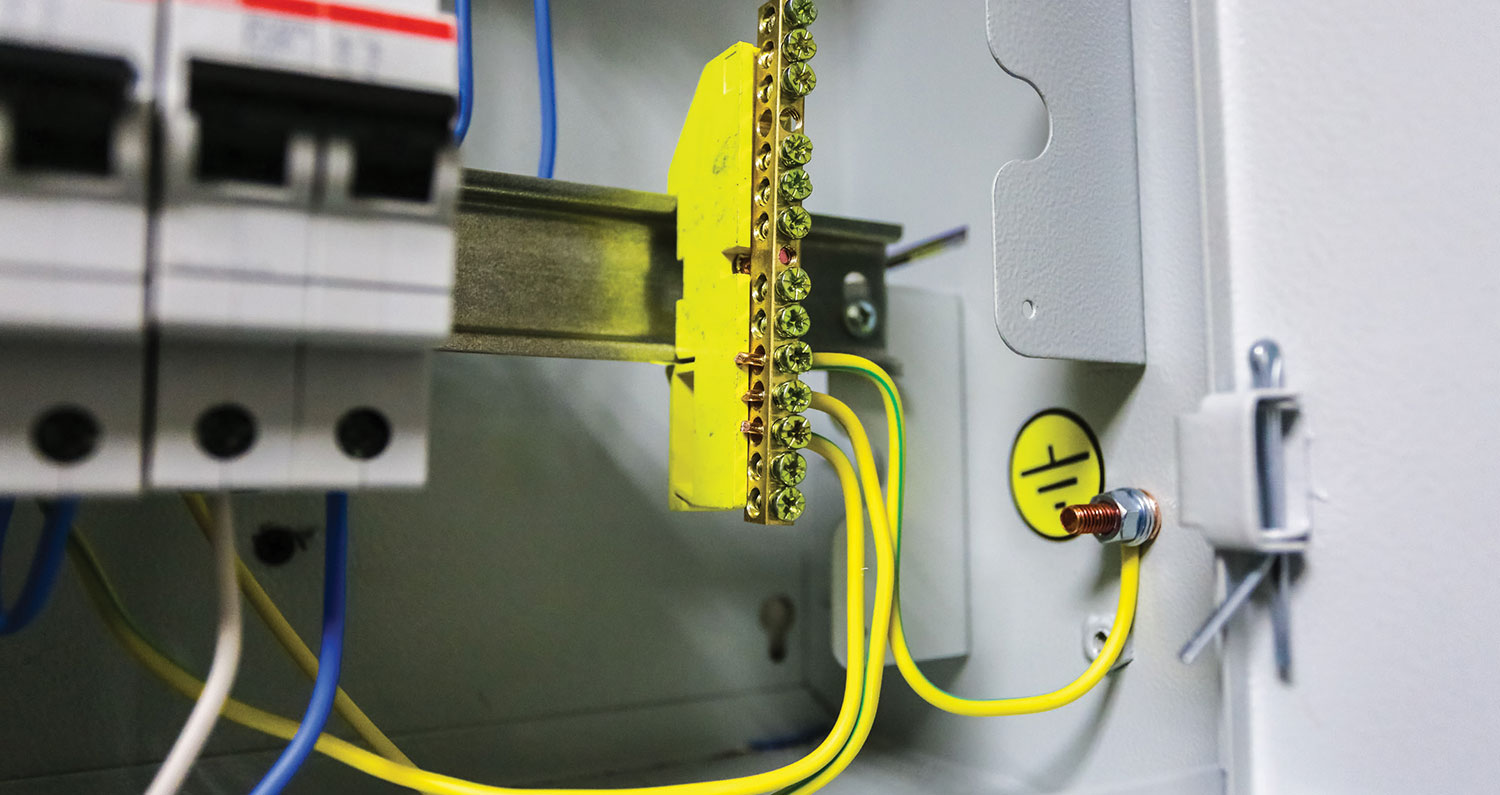
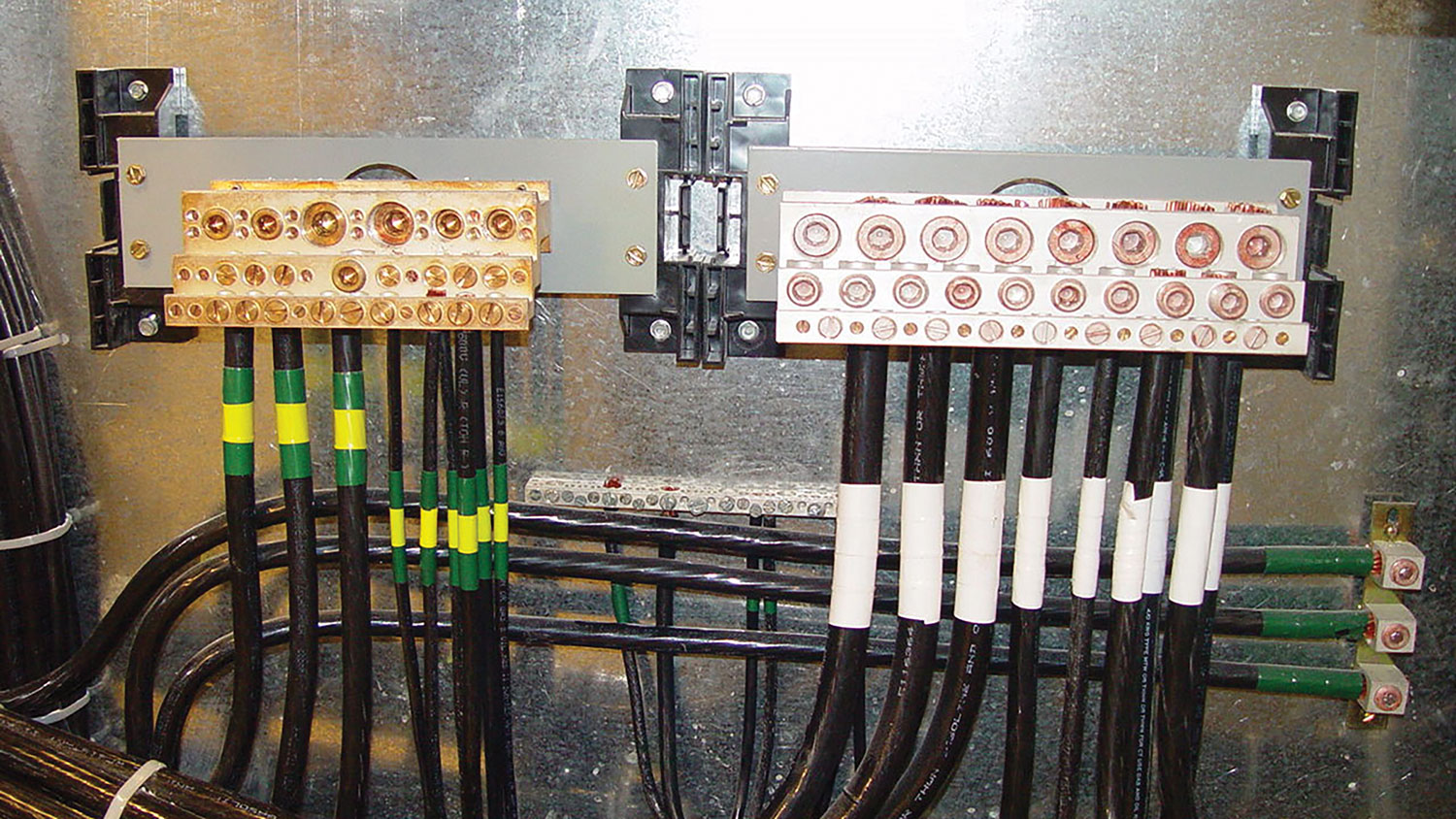

Find Us on Socials